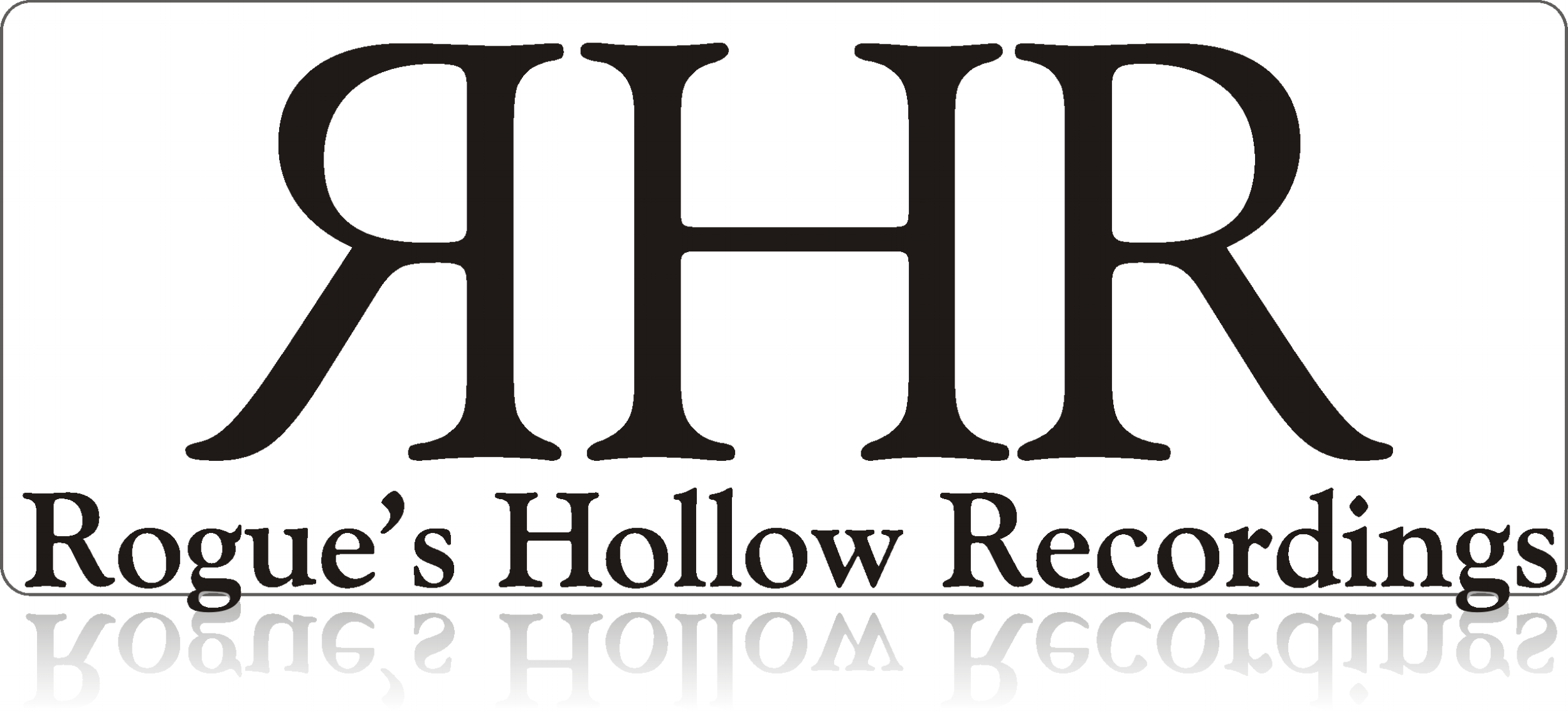Checklist For A Better Recording Experience
For critical recordings, have everyone that needs to tune - use the same tuner!
(Yes - tuners can and do vary from instrument to instrument...)
Acoustic instruments’ intonation should be set by a professional.
(Just putting on new strings doesn’t insure it’ll be in tune through the range of the instrument!)
For acoustic guitars, after the intonation has been set -
From Acoustic Guitar Recording – The Basics by Keith Hatschek on September 9, 2009
in Recording & Mastering:
”Before we head into the studio, there are a few basics that will help you to get the most out of your acoustic guitar. First, be sure to put a fresh pair of strings on the instrument before your recording date. Oxidation occurs normally and deadens the sound of your strings, to the point where your guitar isn’t able to produce the full sound of which it’s capable. Personally, I’m partial to the Nanoweb-coated strings put out by Elixir, because they maintain their new tone longer and seem to produce a bit less finger noise which can become distracting when recording.”
When recording Electric Guitars and Electric Bass Guitar - record the DI (Direct Input) into a separate track along with the mic tracks!!
This is crucial for professional editing, mixing, and even re-amping at the MIX stage!When recording Keyboards, whether DI or through effects and an amp - record the MIDI data at the same time!!
(This is extemely beneficial later on, or for when you decide the keyboard/piano sound you recorded isn’t right.)For ALL strings, keep in mind that they are made of metals – and just the oxygen in the air around them make them lose their clarity. Add to that the oils that get built up on them from fingers touching them only serve to dull them even more.
Drums heads are no different than strings - they go out of tune simply by playing them. Most musicians do not give drum heads a second thought, but all those practice sessions, tunings and gigs take their toll.
A recording session is the one time you truly need new heads and strings.
When recording Electric Guitars and Electric Bass Guitar - record the DI (Direct Input) into a separate track along with the mic tracks!!
This is crucial for professional editing, mixing, and even re-amping at the MIX stage!When recording Keyboards, whether DI or through effects and an amp - record the MIDI data at the same time!!
(Assuming the keyboard has a MIDI port, this can be extemely beneficial later on, or for when you decide the keyboard/piano sound you recorded isn’t quite right.)~~~~~~~~~~~~~~~~~~~~~~~~~~~~~~~~~~~~~~~~~~~
Mood lighting – a little goes a long way.
Have a favorite “warm” lamp at home you use while composing?
How about a beloved lava lamp?
Even that string of red-hot chili pepper lights brought with you to the studio can help set a more relaxed mood compared to the bright lights of some studios.
- One word of advice – candles and incense were popular in studios of by-gone eras, but are frowned upon nowadays as the studio’s fire insurance usually prohibits such items – not to mention the smoke damage inflicted on the studio’s expensive gear…!~~~~~~~~~~~~~~~~~~~~~~~~~~~~~~~~~~~~~~~~~~~
The food you eat can affect your performance!
From executive editor Craig Anderton’s forward in an article in EQ Magazine:
”Certain foods increase energy and lend themselves to better recording sessions, while others may dampen the studio drive. Mexican food is the worst – it’s heavy and slows people down. Same with most pizzas. Chinese food is a better choice. Protein is good because it gives you long-term energy, but you have to be careful. Sushi is great because it’s light, while a steak slows people down initially. Protein soy drinks are excellent sources of ‘light’ protein.”An excellent dish I recall reading about was rice and chicken.
The article appeared in Modern Drummer Magazine many moons ago, and the author went on to say that he browned up some diced-up chicken breast in a deep skillet, then added a box of rice with some peas. He said that the rice cooked while he loaded his drums for the gig and by the time he was ready roll, the chicken & rice was ready to eat! (He also pointed out the added vegetable protein from the peas.) It works! This was a favorite of mine, and the energy lasted well into the night.Besides high-fat foods or foods high in carbohydrates, other “foods” to watch out for include chocolates, dairy products and drinks high in caffeine. Caffeinated drinks make your heart race, they mess with your timing, and cranked up on new energy drinks, you’ll inevitably drive those around you crazy as you rant and rave around the studio! (Not to mention the sugar crash you get from most sodas that comes afterward…)
Milk, dairy products, and even chocolates can lead to increased flem – bad for vocalists and voice-over candidates.Foods that can help the vocalist include bananas and apple juice.
A well-known but long-time studio secret - the oils from eating a banana help lubricate the vocal cords…no kidding. And the pectin in apple juice can help eliminate the “clicks” when doing voice-over work.
Stay tuned for more...
